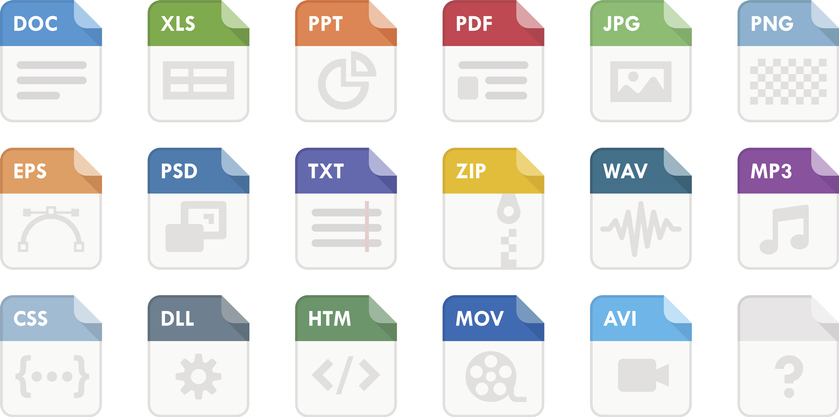Physical Address
304 North Cardinal St.
Dorchester Center, MA 02124

Interested in designing a logo for your business? If you’ve enlisted in the help of a logo designer or have opted to use a logo maker, then chances are you will receive a number of different logo image files that you can use to market your business.
You may be asking: “why do I need multiple logo image files?”
Think of different image files as shoes. You have different shoes depending on the occasion; to go hiking, you choose hiking boots; to go running, you choose running shoes; to go to the beach, you choose sandals. Image files function in a similar way; some files are better suited for particular tasks, such as for promotional products or uploading onto your business website.
Before you get started designing your business logo, make sure the online app you’re using or the logo designer you’re hiring is able to give you the most essential image files. Keep in mind that you may need to spend the additional amount in order to obtain these files, but it’s worth the investment and the hassle of trying to create these various files on your own.
Below are the image files you will need when you design a logo.
An Encapsulated PostScript (EPS) image file is a graphics image file format used for Adobe Illustrator. If you hire a logo designer, they will most likely be using Adobe Illustrator to create your logo and will send you an EPS file (also known as a Vector file). What’s unique about this type of file format is it can contain both text and graphics.
The EPS file may also contain a bit map version of the image for simpler viewing rather than the vector image, which tends to take a long time to load due to its size. It’s important to have a vector version of your logo if you plan on using promotional products or employing other offline marketing strategies. This high-resolution file will ensure that your promo products, mailers, and packaging doesn’t look pixelated.
Also known as the Joint Photographic Experts Group (JPEG) image file, the JPG file format is one of the most common image files used today. JPG images are used by digital cameras and mobile phones, as well as on the Internet. JPG files are useful because they are compressed and therefore can be shared and uploaded easily onto a website or social media pages.
When you design your logo, the JPG file format will have a white background which is best suitable for your adding your logo to your email signature or setting it as your Facebook Business profile picture. To open and edit this file type, you can use Microsoft Paint, Adobe Photoshop, or any other standard image editor. You will want to steer clear of using this image file format on printed products.
A Portable Graphics Format (PNG) image file is the most commonly used graphics file and is useful to have when your logo design is concerned. This uncompressed raster image format was created to replace the traditional GIF file. What’s unique about the PNG file is that the image background is transparent, making it ideal to add to your business website and other online applications where there is a colored background.
Remember that your PNG logo image may not look ideal against a background of the same color, so make sure you have a JPG file at the ready just in case you run into this issue. PNG image files also contain 24bit RGB color palettes and greyscale, which means they are easy to edit.
The Graphic Interchange Format (GIF) image file is a file extension for raster graphics and is a type of bitmap file. The GIF image also has a transparent background which makes it an ideal image type for website development and printing. While most people these days think of GIFs as moving images, it’s important to note that not all GIFs are video snippets.
Unlike the JPG image file format, GIF files do not compromise the quality of the image, making this an ideal file to use for printing purposes and online advertisements.
While there are dozens of other image files that we could discuss, the only files that you should be worried about having access to are these four. These four logo image files will cover all of your online marketing and offline promotion needs; they each have their benefits and drawbacks and each has a unique role to play in your business branding plan.
If you are unsure if you need additional image files for your logo, then don’t hesitate to reach out to your logo designer to determine whether or not you will need additional file formats.